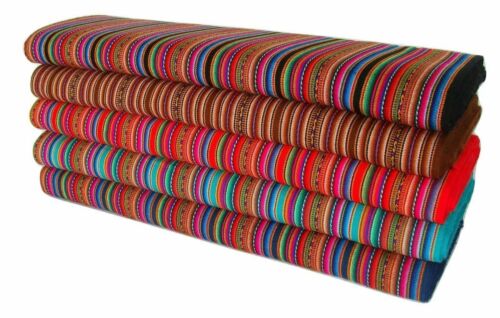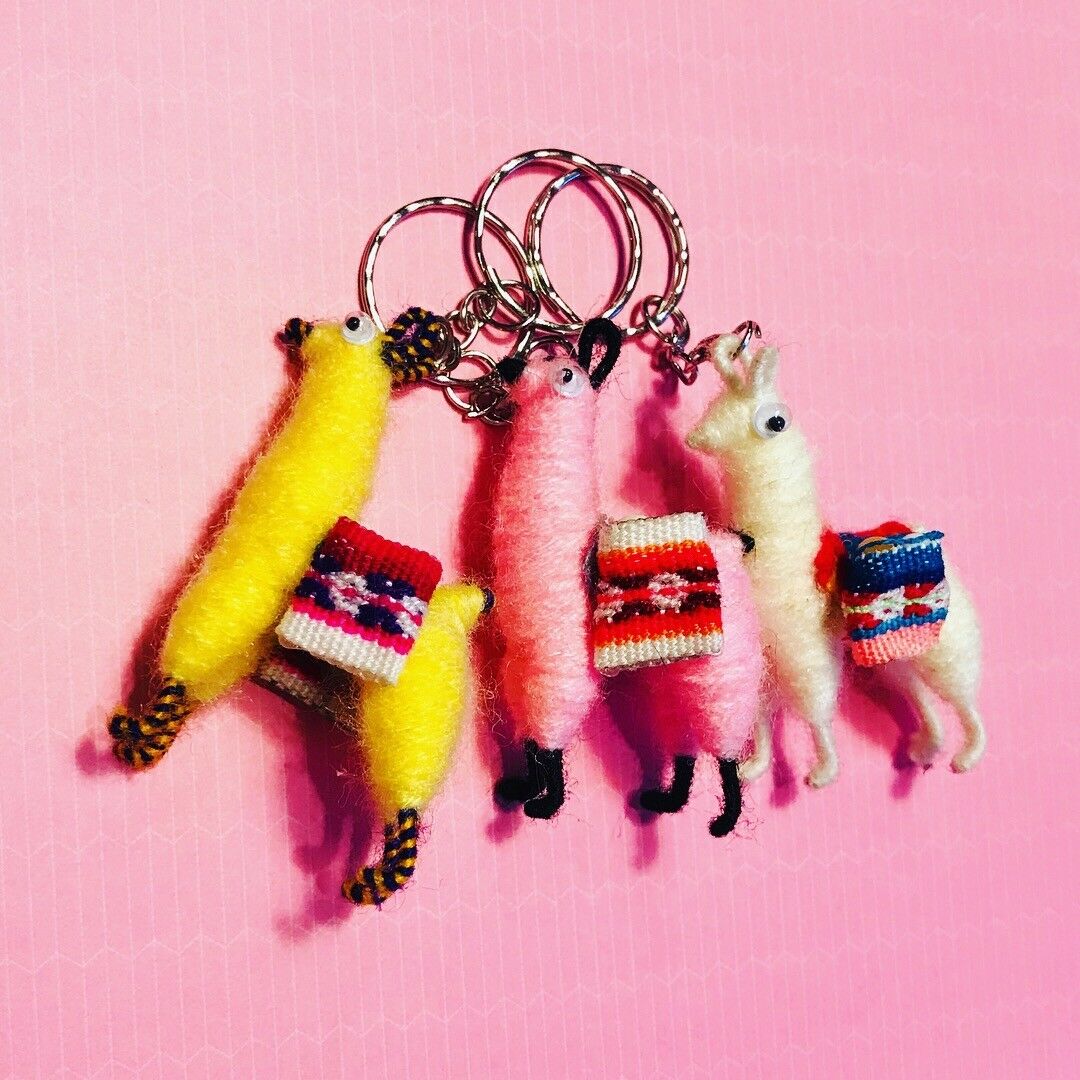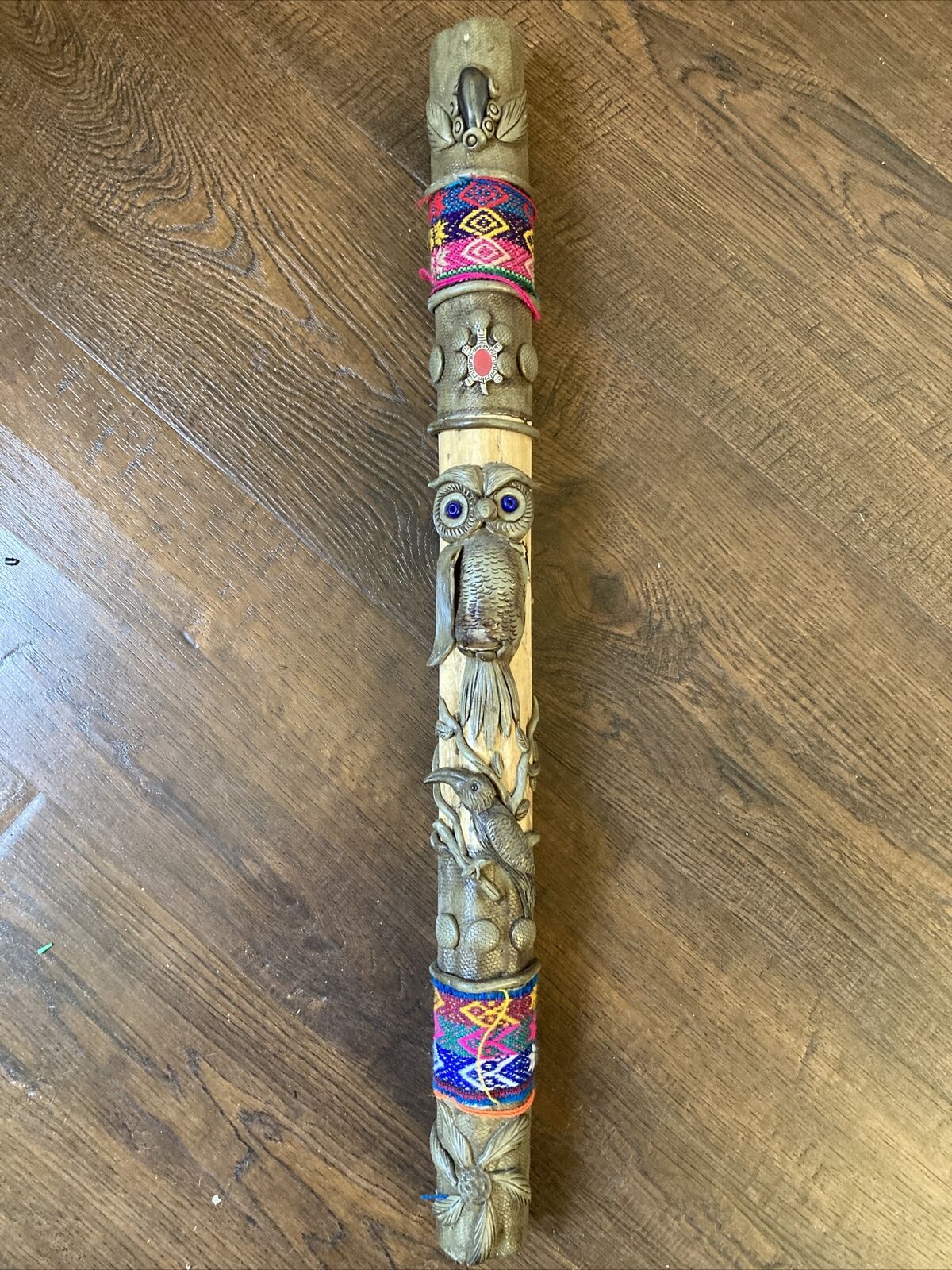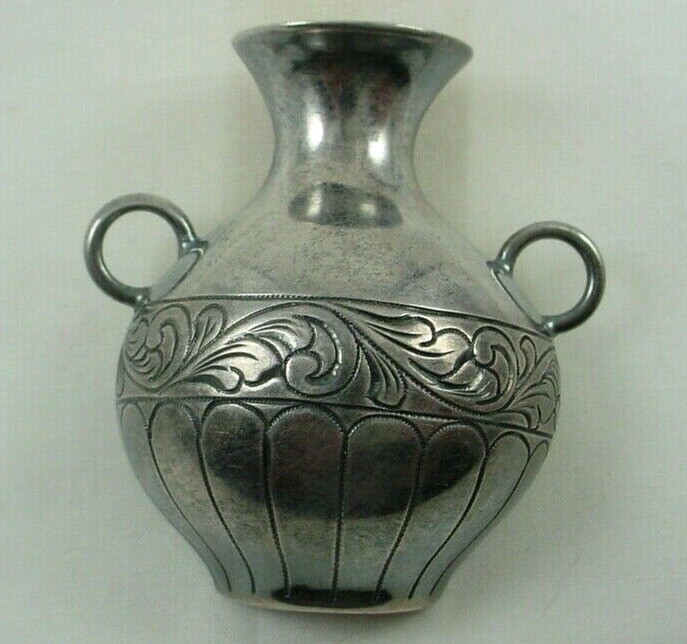-40%
Peruvian Pre-Columbian Culture Chavín Style - Ceramic - Huaco
$ 101.37
- Description
- Size Guide
Description
Chavín de Huántar or chavín culture is an archaeological culture of Ancient Peru that developed during the Early Horizon (1200 BC-400 BC). 1 2 It had its development center in the city of Chavín de Huántar, which is located 2 km from the confluence of the Huachecsa and Mosna rivers, in the upper basin of the Marañón river (in the current department of Áncash).Traditionally, the main development of Chavín is considered a "cultural horizon" due to its artistic and religious influences present in other contemporary cultures. Much of this historical development corresponding to the Formative Period, specifically the Middle Formative and the Higher Formative, which has as characteristics the intensification of religious worship, the appearance of ceramics closely related to the ceremonial centers, the intensification of the cultivation of corn and potatoes, the improvement of agricultural techniques and the development of metallurgy and textiles.
It was the archaeologist Julio César Tello who discovered it and considered it the "mother culture" or "mother of the Andean civilizations", 3 and that they were of Amazonian origin. However, recent discoveries suggest that the Caral civilization - from the Late Preceramic period - is older than Chavín.4
Julio César Tello affirmed that the Chavín2 culture was of Amazonian origin due to the multiple representations of jungle iconography in its artistic manifestations, especially in ceramics. At its peak, Chavín de Huántar, the main Chavín center, current Cultural Heritage of Humanity, 5 was an important ceremonial center and center of cultural irradiation whose influence spread throughout much of the coast and highlands of the Andes of Peru. As you can see in this ceramic that a man of war is carved

















